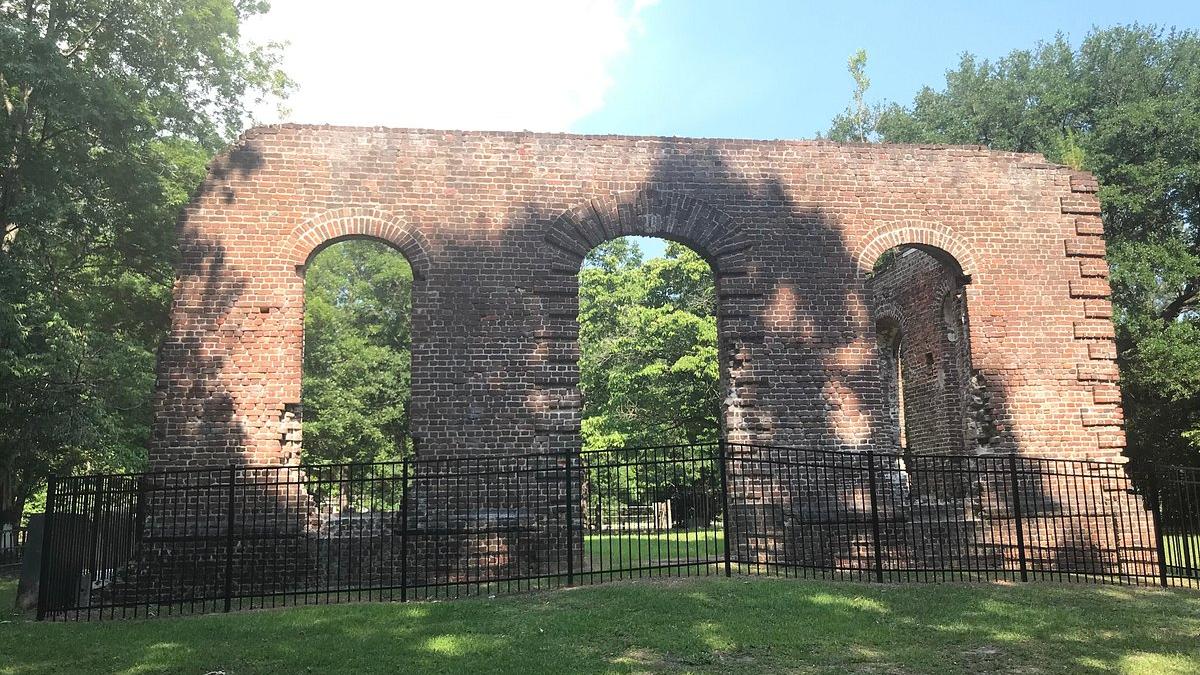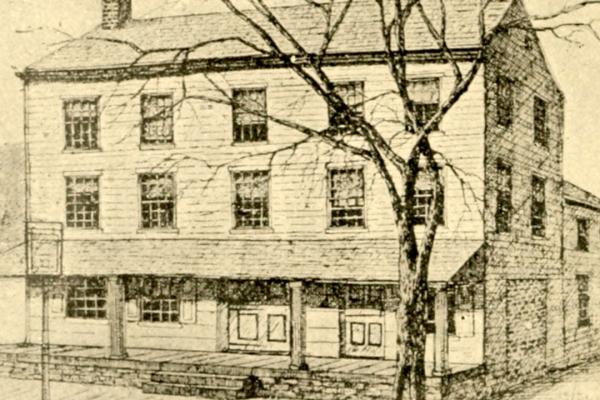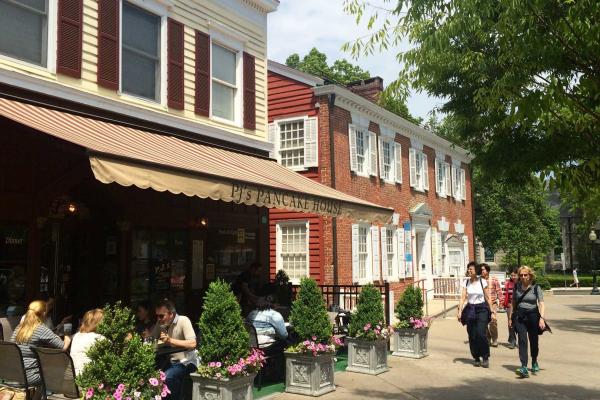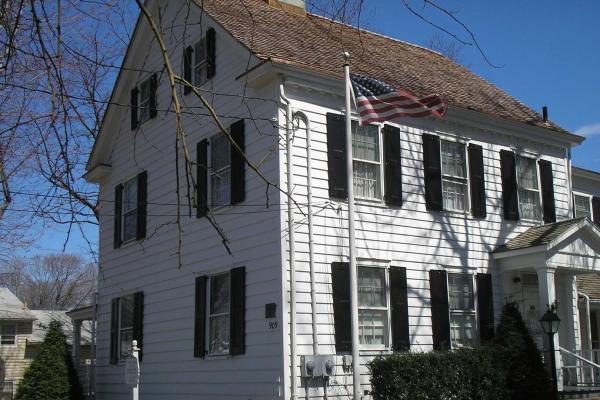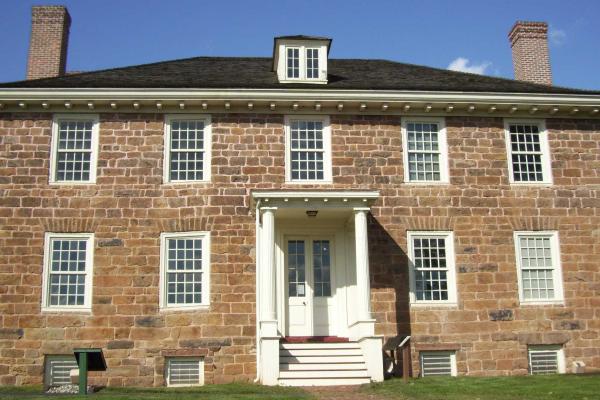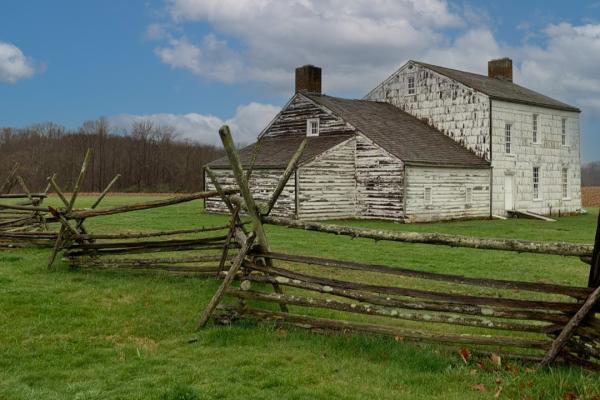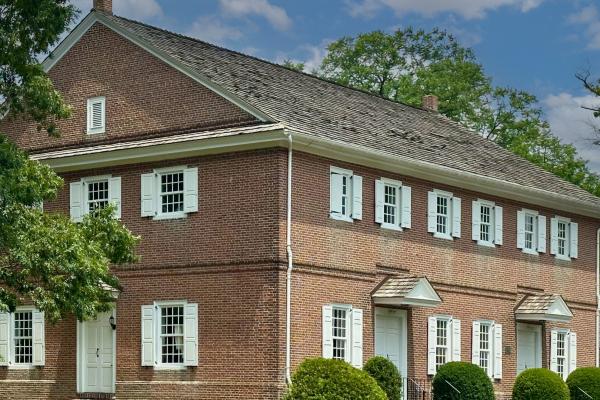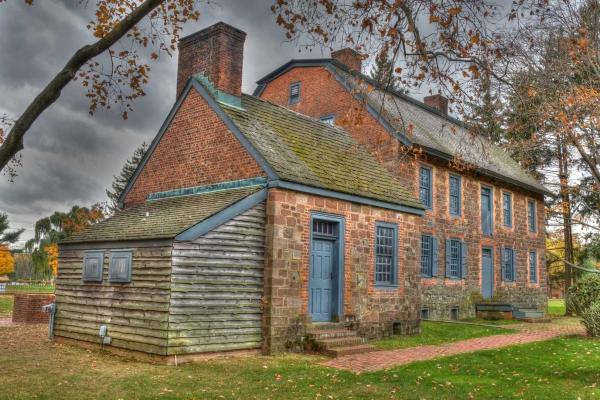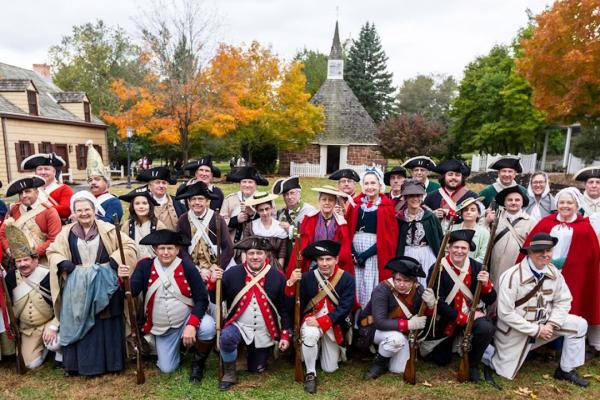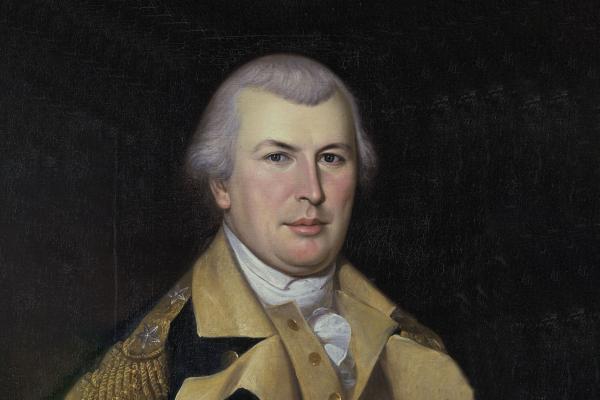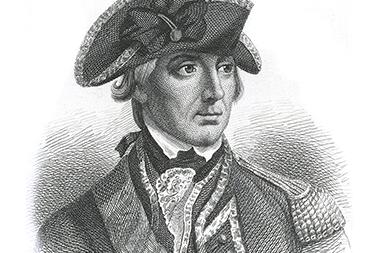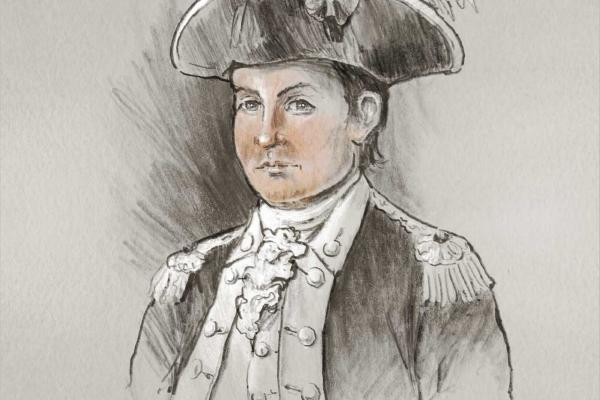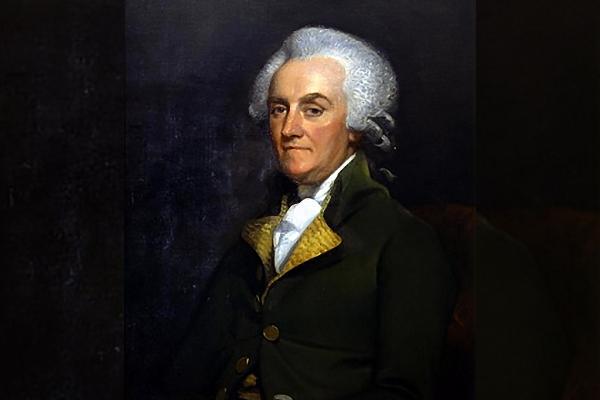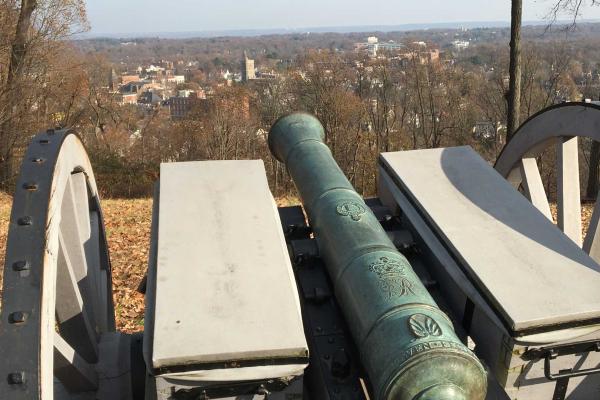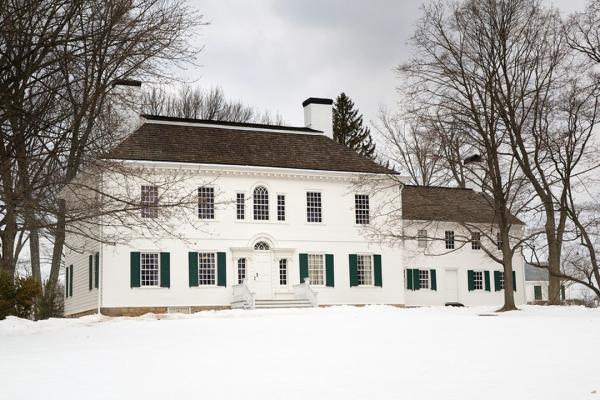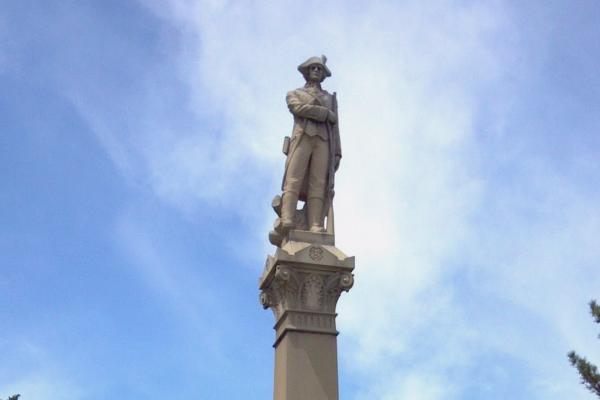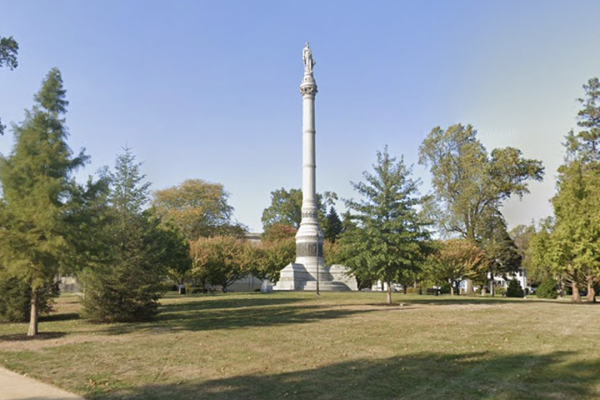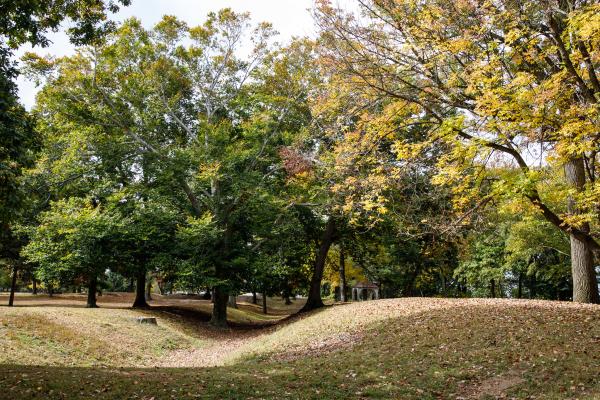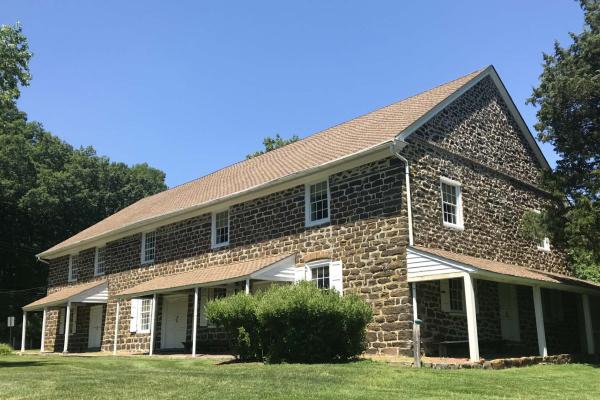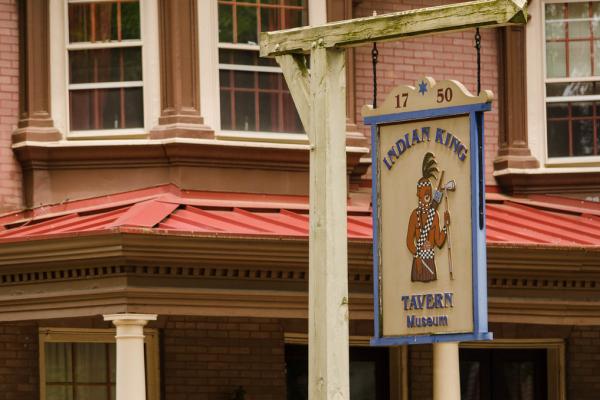The Arnold Tavern, constructed in the mid-18th century, served as Washington's headquarters from January - May 1777
A hidden gem in the borough of Princeton, the Bainbridge House was constructed in the mid-1760s and stands as a hallmark of colonial architecture...
The Caldwell Parsonage is a site of tragedy outside of the battlefield of Connecticut Farms & Springfield. The events that transpired that day still...
The Cornelius Low House, constructed in 1741, stands today as one of the finest examples of Georgian architecture in New Jersey.
This unassuming home, owned by the Covenhoven family, was requisitioned by British General Henry Clinton in the days prior to the monumental Battle of...
An ordinary farmhouse within Monmouth, it became a hotspot during the Battle of Monmouth as Charles Lee mounted a defense against advancing British...
New Jersey militia and Continentals assaulted a British column in-and-around these grounds in mid-June of 1778, just days before a continued series of...
The Dey Mansion, built around 1770, served as General George Washington’s headquarters in 1780 during a pivotal time in the American Revolution. As...
The East Jersey Old Town Village is a collection of historic structures dating the 18th century. Today, living historians walk the grounds, bringing...
Liberty Trail History Makers
The Revolutionary War was a war unlike any other — one of ideas and ideals, that shaped “the course of human events. Explore the history and personalities from this pivotal time in American history.Soon after Greene took command of the southern theater, the tide of war began to turn in favor of the Patriots. Greene and his men turned south to reconquer the South Carolina backcountry. Throughout 1781, Greene steadily drove the British back to Charleston, which they abandoned the following December.
The commander-in-chief of British forces in North America, Howe is now known for his failure to quell the revolution in the colonies during its early years and return loyalty to the British crown.
Christopher Greene, a Rhode Island militia leader and cousin of Maj. Gen. Nathanael Greene, served with distinction during the American Revolution, including defending Fort Mercer and commanding the 1st Rhode Island Regiment. He was killed in action during a 1781 battle at Pines Bridge, remembered for his valor and the role of Black soldiers in his regiment.
William Franklin, the loyalist governor of New Jersey and son of Benjamin Franklin, remained devoted to Britain throughout the American Revolution, even as his father supported the revolutionary cause.
